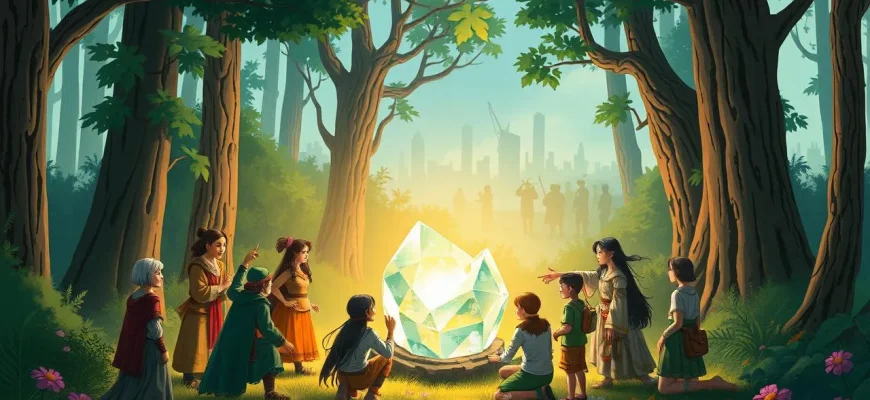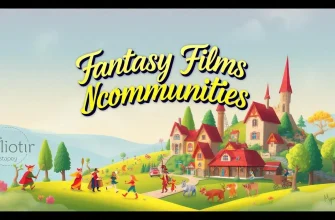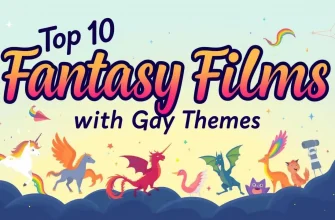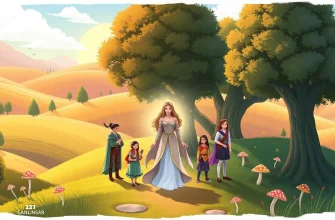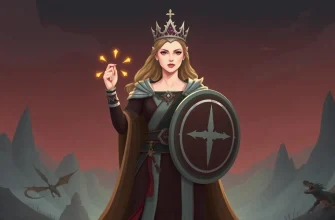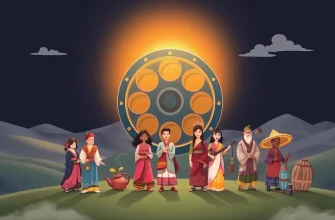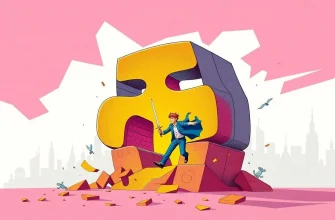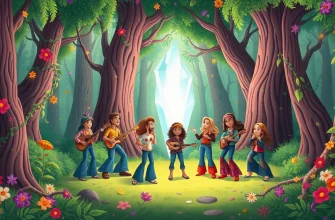Fantasy cinema often serves as a mirror to our world, reflecting complex societal issues through the lens of magic and myth. This curated list of ten fantasy films explores the theme of ethnic conflicts, providing viewers with not only a thrilling escape but also a deeper understanding of cultural clashes and the human condition. Each film in this collection uses its fantastical setting to delve into real-world issues, making them both entertaining and thought-provoking.

The Golden Compass (2007)
Description: In a parallel universe, different ethnic groups, including the Gyptians, fight against the oppressive Magisterium, highlighting themes of cultural resistance.
Fact: The film was adapted from Philip Pullman's novel, which itself was inspired by real-world political and religious conflicts.
 Watch Now
Watch Now

Pan's Labyrinth (2006)
Description: Set in post-Civil War Spain, this dark fantasy intertwines a young girl's escape into a magical world with the harsh realities of ethnic and political conflict.
Fact: The film was shot in Spain, with many scenes filmed in authentic locations from the Franco era.
 Watch Now
Watch Now
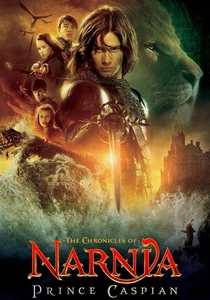
The Chronicles of Narnia: Prince Caspian (2008)
Description: The story involves the Telmarines, who have displaced the native Narnians, creating a narrative of ethnic tension and the fight for cultural survival.
Fact: The film was shot in New Zealand, the same location used for the Lord of the Rings trilogy.
 Watch Now
Watch Now
Avatar (2009)
Description: Set on the lush alien world of Pandora, this epic tale involves the Na'vi, an indigenous race, fighting against human exploitation, mirroring real-world ethnic and environmental conflicts.
Fact: Avatar was the first film ever to be released in digital 3D around the world, revolutionizing the film industry's approach to visual effects.
 Watch Now
Watch Now

The Last Airbender (2010)
Description: Based on the animated series, this film follows Aang, the last Airbender, as he tries to restore balance in a world divided by ethnic nations, each with unique abilities.
Fact: Despite its mixed reception, the film was praised for its visual effects, particularly the bending techniques.
 Watch Now
Watch Now

The Hobbit: The Desolation of Smaug (2013)
Description: While not directly about ethnic conflicts, the film features the Elves, Dwarves, and Men, each with their own cultural identity, clashing over resources and territory.
Fact: The film introduced the character of Tauriel, an original character created for the film adaptation.
 Watch Now
Watch Now

The Witch (2015)
Description: While primarily a horror film, it delves into the cultural and religious conflicts of 17th-century New England, with elements of folklore and witchcraft.
Fact: The film uses authentic language of the time, with actors speaking in the dialect of the period.
 Watch Now
Watch Now

The Dark Crystal (1982)
Description: This Jim Henson creation tells of a world where the Skeksis and the Mystics, two races born from a single race, are in conflict, representing themes of division and unity.
Fact: The film was shot using puppets, animatronics, and a minimal amount of CGI, showcasing Henson's pioneering work in puppetry.
 30 Days Free
30 Days Free
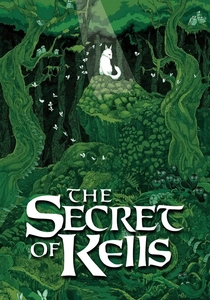
The Secret of Kells (2009)
Description: This animated film set in medieval Ireland explores the Viking invasions, symbolizing the clash between different cultures and the preservation of knowledge.
Fact: The film's art style is inspired by the intricate designs of the Book of Kells.
 30 Days Free
30 Days Free

The Princess of the Moon (1987)
Description: This Japanese anime explores the story of a girl from the Moon who is sent to Earth to escape a war between lunar tribes, highlighting the struggles of cultural integration and identity.
Fact: The film was directed by Takahata Isao, co-founder of Studio Ghibli, and features a unique blend of traditional Japanese folklore with science fiction elements.
 30 Days Free
30 Days Free

